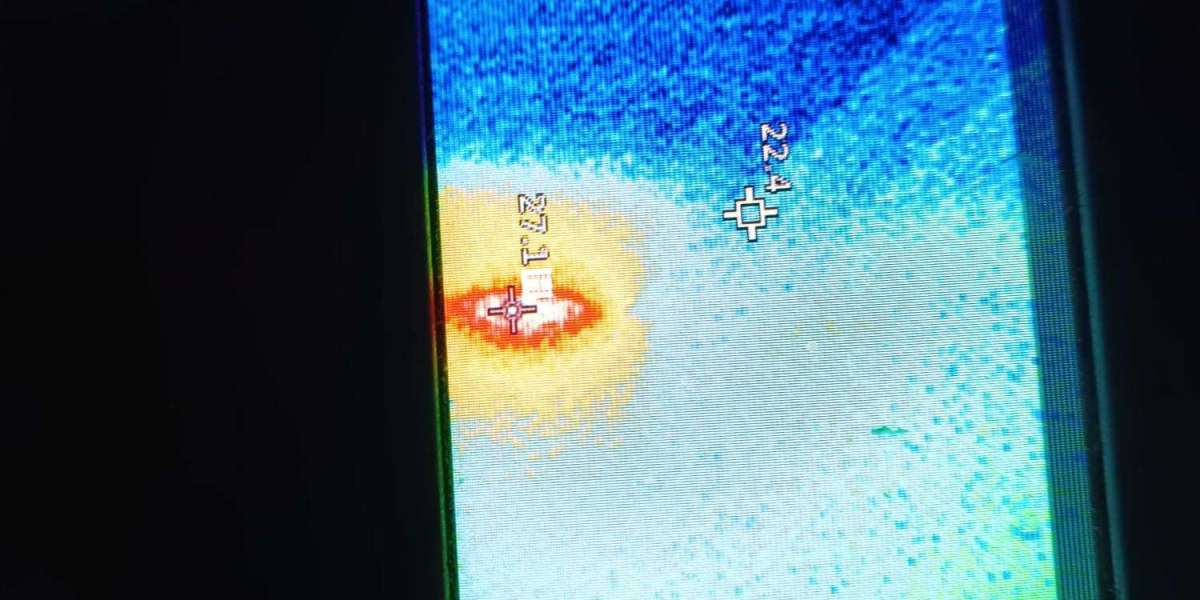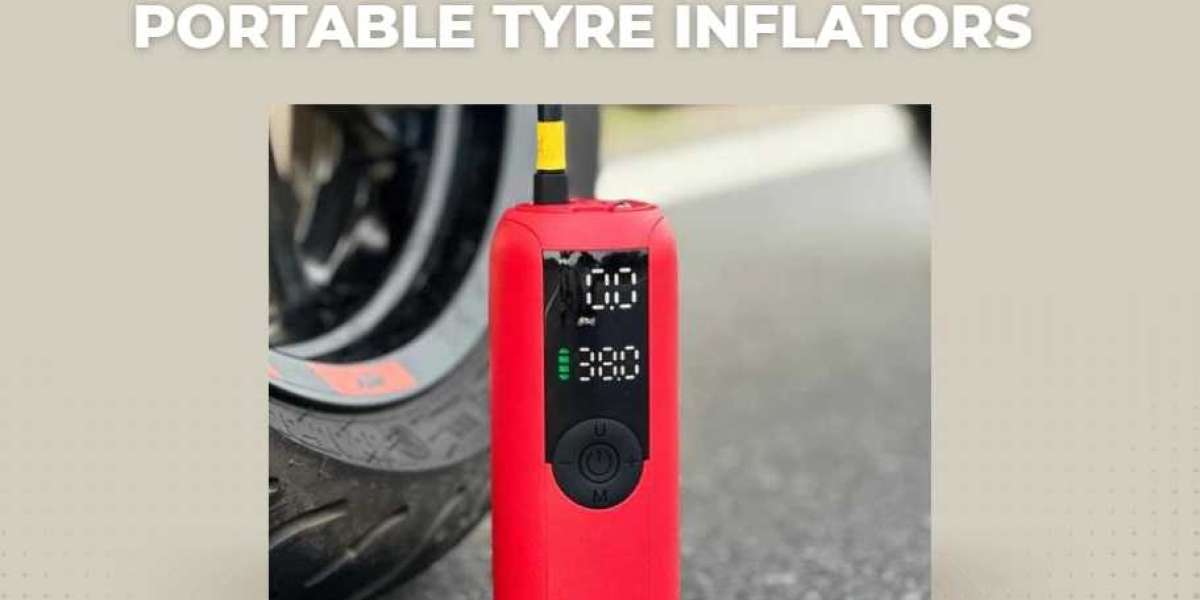As solar energy continues to gain popularity as a sustainable and cost-effective power source, selecting the right on-grid solar inverter becomes crucial for maximizing the efficiency and performance of a solar power system. In this article, we will explore the key factors that should be considered when choosing an on-grid solar inverter, ensuring a seamless integration and optimal energy production.
I. Understanding On-Grid Solar Inverters
On-grid solar inverters, also known as grid-tied inverters, are an essential component of a solar power system. Their primary function is to convert the direct current (DC) electricity generated by solar panels into alternating current (AC) electricity that can be used to power homes and businesses or fed back into the electrical grid. By synchronizing the AC output with the grid frequency and voltage, on-grid solar inverters enable seamless integration with the utility grid.
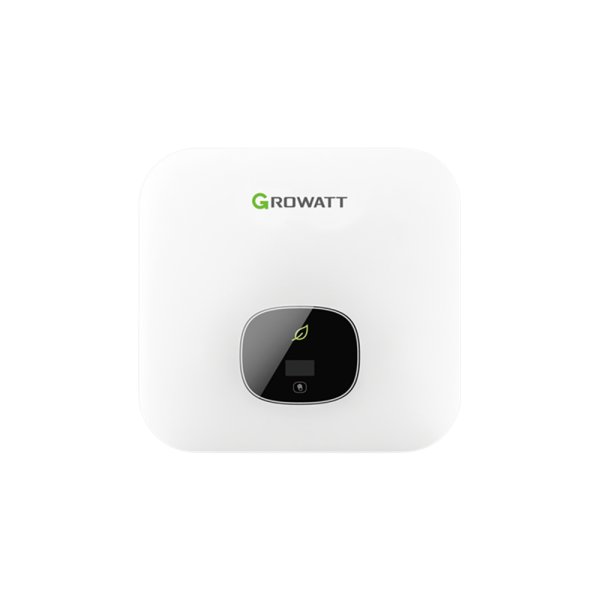
II. Power Rating and System Size
One of the first considerations when selecting an on-grid solar inverter is its power rating. The power rating of an inverter should match the total capacity of the solar panels in the system. If the inverter is undersized, it may limit the energy production potential of the solar panels. Conversely, an oversized inverter may not operate efficiently at lower power levels. Therefore, it is essential to determine the power rating requirements based on the size of the solar power system to ensure optimal performance.
III. Efficiency and Performance
The efficiency of an on-grid solar inverter plays a crucial role in maximizing energy production. Inverter efficiency refers to the percentage of DC power converted into usable AC power. Higher efficiency inverters minimize energy losses and can significantly impact the overall performance of a solar power system. When evaluating inverters, it is important to consider their efficiency ratings, typically expressed as a percentage. Additionally, factors such as temperature and shading can affect inverter performance, so it is essential to choose an inverter that can handle such conditions effectively.
IV. Inverter Type: String or Micro Inverter
There are two main types of on-grid solar inverters: string inverters and micro inverters. String inverters are commonly used in larger solar power systems, where multiple solar panels are connected in series (strings) and connected to a single inverter. Micro inverters, on the other hand, are installed on each individual solar panel, allowing for independent power conversion. String inverters are generally more cost-effective, while micro inverters offer advantages such as individual panel-level monitoring and increased system flexibility. The choice between the two types depends on the specific system configuration, expansion plans, and maintenance considerations.
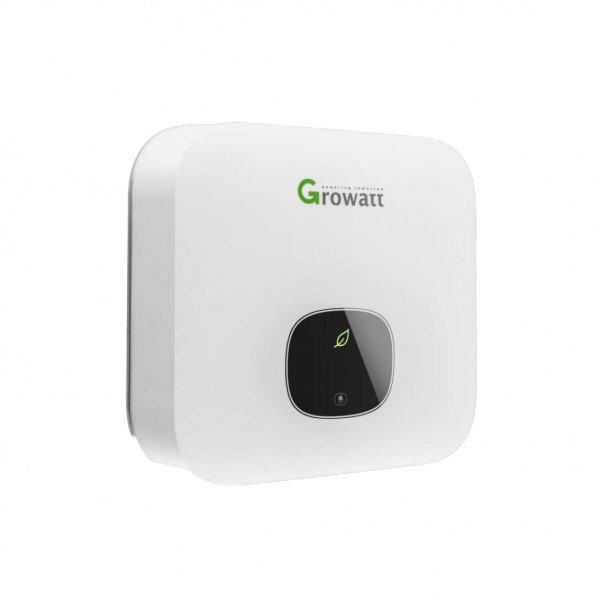
V. Monitoring and Data Logging
Monitoring and data logging features are essential for tracking the performance of a solar power system. On-grid solar inverters equipped with monitoring capabilities allow users to monitor real-time energy production, system performance, and identify any potential issues. Some inverters also offer data logging features that record historical data, enabling users to analyze energy production patterns and identify areas for improvement. When selecting an on-grid solar inverter, it is important to consider the compatibility with monitoring systems and software to ensure seamless integration and easy access to performance data.
VI. Grid Connection Requirements and Safety
Compliance with local grid connection regulations and safety standards is crucial when selecting an on-grid solar inverter. Different regions may have specific requirements for grid connection, including voltage and frequency limits, anti-islanding protection, and grid synchronization capabilities. It is important to choose an inverter that meets these requirements to ensure safe and reliable operation. Additionally, inverters should have built-in safety features and certifications to protect against electrical faults and ensure the safety of both the system and the grid.
VII. Warranty and After-Sales Support
The warranty terms and conditions provided by the manufacturer are an important consideration when selecting an on-grid solar inverter. A longer warranty period indicates the manufacturer's confidence in the product's quality and reliability. It is also crucial to consider the availability of technical support and after-sales service. A reputable manufacturer with a strong track record of customer support can provide peace of mind and assistance in case of any issues or concerns.
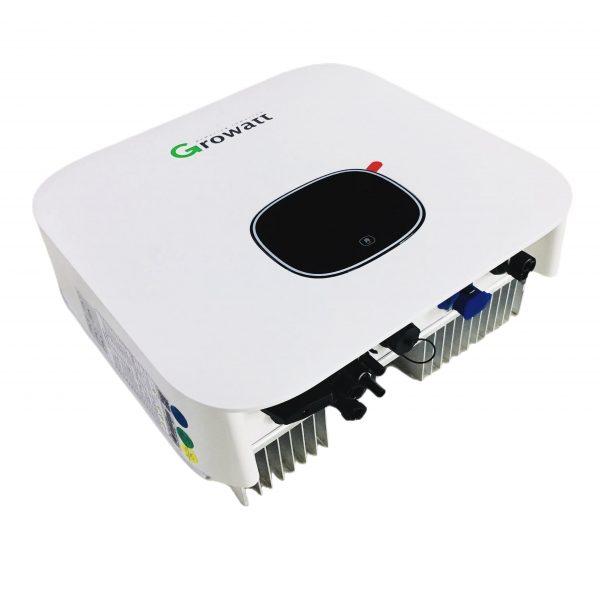
VIII. Cost and Return on Investment
While cost should not be the sole determining factor, it is an important consideration when selecting an on-grid solar inverter. Balancing the upfront cost of the inverter with long-term energy savings is crucial. It is important to evaluate the payback period and return on investment (ROI) when comparing different inverter models. Additionally, considering the cost-effectiveness of the inverter in terms of its efficiency, performance, and warranty can help make an informed decision.
Conclusion
Selecting the right on-grid solar inverter is a critical decision that can significantly impact the performance and efficiency of a solar power system. By considering factors such as power rating, efficiency, inverter type, monitoring capabilities, grid connection requirements, warranty, and cost, individuals can make an informed choice that aligns with their specific needs and goals. Investing time and effort in selecting the right on-grid solar inverter will ensure optimal energy production and a sustainable future powered by solar energy.
Suzhou Baoxinda Energy Technology Co., Ltd. is a high-tech enterprise located at Suzhou FOHO Hi-Tech Industrial Development Zone. The main business is floating solar systems design, rooftop solar mounting systems, system design, solar projects installation, home solar energy systems, CI solar energy systems, energy storage systems and solar power project development. The designed system annual capacity can reach over 200MW. Our goal is to provide customized solutions for the market and customers, whether it is a single product or a complete set of equipment.
Welcome to inquiry if you need to know more about on-grid solar inverter details or order wholesale.
Website:www.oneplusenergy.com





